DriveSmart BC: Intersection Watch
Oceanside Community Safety is a group of volunteers that want to make a difference. Their Traffic Watch program is an expansion of Speedwatch that now includes Cell Watch and Intersection Watch. Intersection Watch volunteers observe drivers at an intersection to check compliance with traffic laws and remind drivers of their obligations. The data collected is shared with the RCMP, ICBC and the public.
Their first public report describes the observation of six intersections and 1,923 vehicles in both urban and rural settings. 321 drivers executed either a rolling stop or no stop at all. I strongly suspect that they are being very generous in their evaluation of a proper stop.
The dictionary calls stopping a cessation of movement or operation. Using this as a yardstick, one high school psychology class in Oliver watched intersections in that town during lunch hour. They found that drivers who met this criteria could be counted on both hands as the vast majority did not.
Rather than report no stop and rolling stop, which are effectively the same thing, it might be more appropriate to report no stop and stopping in an improper position.
One of the modules that I use in my Elder College course Road Safety for Seniors is titled “Are You Smarter Than a New Driver?” It’s a collection of multiple choice questions similar to what a new driver would be required to answer in order to obtain their learner driver’s licence.
One question shows a car facing a stop sign stopped at an angle across the marked crosswalk and asks why this driver has made the wrong decision.
The most popular incorrect response is because the driver did not stop at the stop sign. Even though they have been driving for a very long time some students are surprised to find out that the position of the stop sign has nothing to do with where you must stop.
The sign only tells you what you must do.
Where to stop is determined by what you find at the intersection. If there is a stop line, you must stop before you cross it. If there is only a marked crosswalk, you must top before crossing the edge. When there are no markings, you must stop before you encroach on the path of cross traffic.
When drivers do stop, they tend to stop where they can see cross traffic rather than where they are supposed to. This does make it easier for them to continue, but can have serious consequences for cyclists and pedestrians if the driver is only paying attention to vehicular traffic.
It also presents a difficulty for defensive drivers approaching the intersection with the careless driver on their right. Will the driver stop or not? Do I continue or should I take evasive action?
A stop in the proper place makes this decision easier for cross traffic of all sorts.
Story URL: https://www.drivesmartbc.ca/intersections/intersection-watch



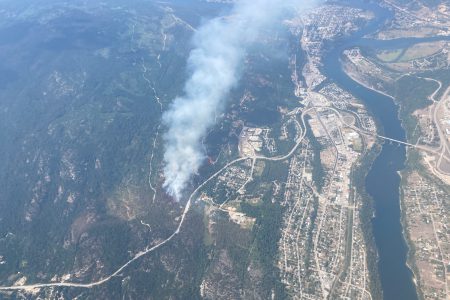

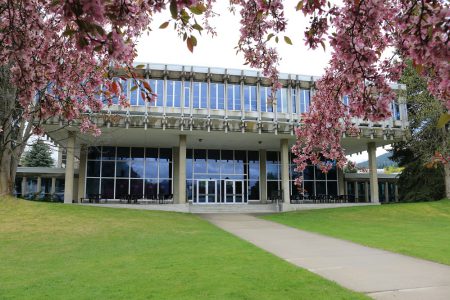

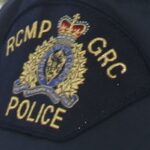

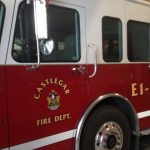
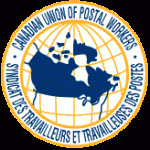
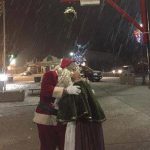









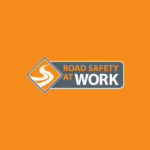




Comments